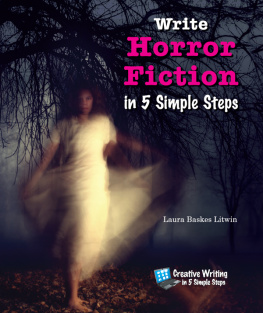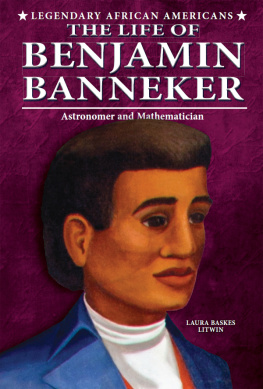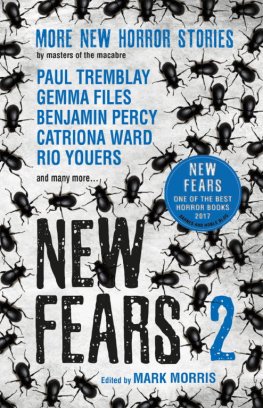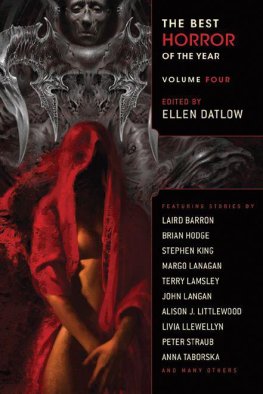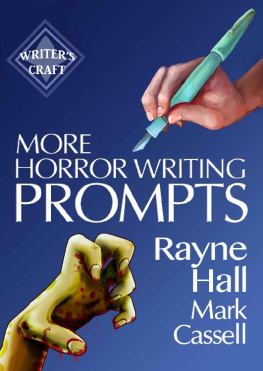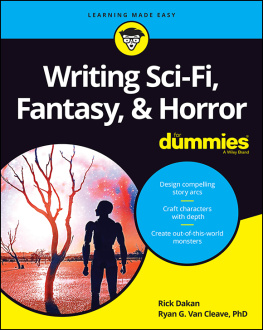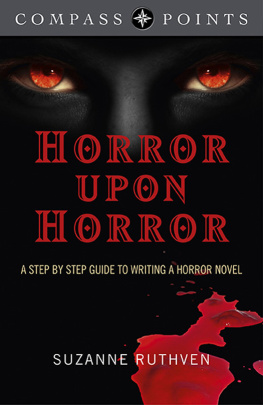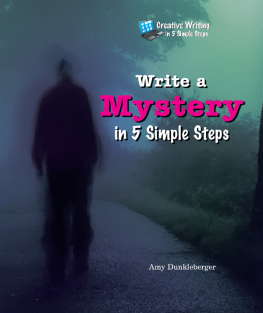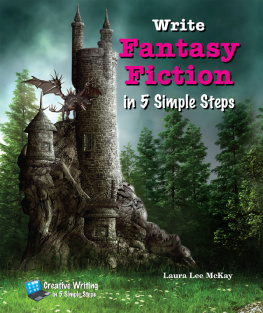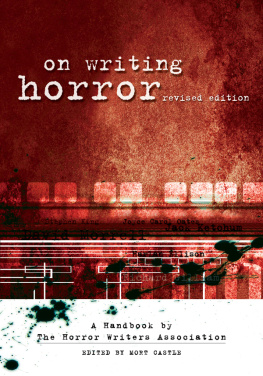You Can Write a Horror Story!
A horror story succeeds if it strikes terror in the reader. A good horror story is like a good ride at an amusement park. Feeling scared without having to face real danger is exhilarating. The story builds with tantalizing ideas. The reader inches out on the coaster track, knowing the precarious drop is seconds away. In Write Horror Fiction in 5 Simple Steps, author Laura Baskes Litwin shows aspiring writers how to write a terrifying tale of horror.
The best guide to getting started on writing the perfect horror story! Litwin meticulously lays out various ways to help the most experienced and the most novel writers create a rich piece.
Brianne L. Johnston, English teacher & Department Head, MCPS
About the Author
Laura Baskes Litwin is a freelance writer and editor who lives on the East Coast. This is her ninth book for Enslow Publishers, Inc.

Before Stephen King became the famous and wildly successful author of horror stories that he is today, he worked at various odd jobs in order to scrape together a living wage. One of these jobs was at a commercial laundry in a small town on the coast of Maine, a place where motels, restaurants, and hospitals sent their linens out for washing and folding.
This was not a pleasant job. Crusty dregs of week-old seafood dinner clung to the tablecloths and napkins. Feasting maggots crawled up workers arms as they loaded the washers. The sheets from the hospitals were covered with maggots, too, but they were sucking on dried blood instead of lobster.
One of Stephen Kings coworkers was a man named Harry. By the time King came to work at the laundry, Harry had been there for more than thirty years, despite a horrible accident that happened to him while he was on the job.
In the 1940s, laundry employees were required to wear ties to work. Harrys tie got caught in the gigantic machine that steam pressed and folded the bed sheets. When Harry tried to yank his tangled tie from the equipment, his hand got stuck. When he pulled with his other hand in an effort to rescue himself, that hand got caught as well.
Harry lost both hands, and his arms up to his elbows, in the industrial laundry machine the workers called the mangler. He got steel hooks to replace his missing hands and forearms, and he kept working at the laundromat. As a prank, he liked to run cold water on one hook and hot on the other. Then he would creep up behind busy workers and place his hooks on the backs of their necks.
Harry was the creative inspiration for Stephen Kings short story, The Mangler. In the story, the machine is possessed by a demon, escapes the laundry, and takes madly to the streets. King sold this piece to a magazine and later included it in his first collection of short stories, a book entitled Night Shift.
Most of Kings other stories and novels do not have such direct inspiration. In fact, King claims he almost never knows where he gets his ideas. Good story ideas seem to come quite literally from nowhere, he says. Your job isnt to find these ideas but to recognize them when they show up.
If that sounds daunting, never fear. As King once wisely put it, The scariest moment is always just before you start. After that, things can only get better.

Lets begin by defining what we mean by the genre of horror. A genre is a category, or a style, of art. For our purposes here, the art is literature, and the literature is fiction. In addition to horror, fiction encompasses other genres, including science fiction, fantasy, romance, and mystery.
With horror, a lot of overlap exists with the other genres. It is not always easy to tell the difference between fantasy and horror, or science fiction and horror. Each genre puts its own spin on reality. Each asks the reader to imagine a world altered in some way. For example, a story might feature giant winged rats in outer space. What genre is this? Flying animals are often characters in fantasy, and outer space is usually associated with science fiction. But how about those rats? And did we mention their bloody five-inch fangs?
What horror aims to do differently from other genres is to scare the reader. A familiar situation becomes unfamiliar. An encounter with a strange demon disturbs. In both cases, the readers pulse quickens. A good horror story is like a good ride at an amusement park. Feeling scared without having to face real danger is exhilarating. The story builds with tantalizing ideas. The reader inches out on the coaster track, knowing the precarious drop is seconds away.
Some horror fiction terrorizes and repulses the reader at the same time. Large flying rats will frighten most people. Adding long fangs that rip human flesh pushes the image past scary to revolting. Now the heart races, and the stomach churns!
One of the most influential writers of horror fiction was a New Englander named H. P. Lovecraft. Lovecraft died, still undiscovered, in 1937. In the years since, however, both his fiction and his studies of the craft of the horror story (what he called the weird tale) have proven major contributions to the field. Lovecraft wrote, The oldest and strongest emotion of mankind is fear, and the oldest and strongest kind of fear is fear of the unknown.
R. L. Stine, the best-selling author of the Goosebumps series, echoes this sentiment: I was afraid of lots of thingsall the basic kinds of fearsafraid of the dark, afraid of going down to the basement. I always thought something would be lurking in the garage. I used to take my bike and just throw it in so I wouldnt have to go in there.
Stine explains that the fears he endured as a child have had an enormous impact on his writing. Thats a painful way to go through childhood, I think, having all these fears but in a way, its kind of lucky. It helped me out later, because now, when I write these scary books for kids, I can think back to that feeling of panic. I can remember what it felt like.
Perhaps without even realizing it, many parents initiate their children in the horror club at a young age. The famous fairy tales collected by Jacob and Wilhelm Grimm are just thatgrim. They include gruesome stories of children being eaten by wolves, such as in Little Red Riding Hood, or pursued by evil witches, as in Hansel and Gretel. In Cinderella, the evil stepsisters cut off parts of their feet to fit into the glass slipper. The dancer in Hans Christian Andersons The Red Shoes gets her feet chopped off just because she takes a break.
Stine recalls, My introduction to scary literature was Pinocchio. My mother read it to me every day when I was three or four. The original Pinocchio is terrifying. First he smashes Jiminy Cricket to death with a wooden mallet. Then he goes to sleep with his feet up on the stove and burns his feet off! I never forgot it!
But is scaring kidsor anyone elsea bad thing? Judging from the sales of Goosebumps books alone (more than 100 million copies sold, more than a million per month), it appears not a lot of people think so.
Without a doubt, many people enjoy being frightened by books and movies. The story may be unsettling, but the crucial fact remains: it is only a story. Like the joyous relief of waking from an awful nightmare to your sun-dappled bedroom, a terrifying horror story is only a fiction.

